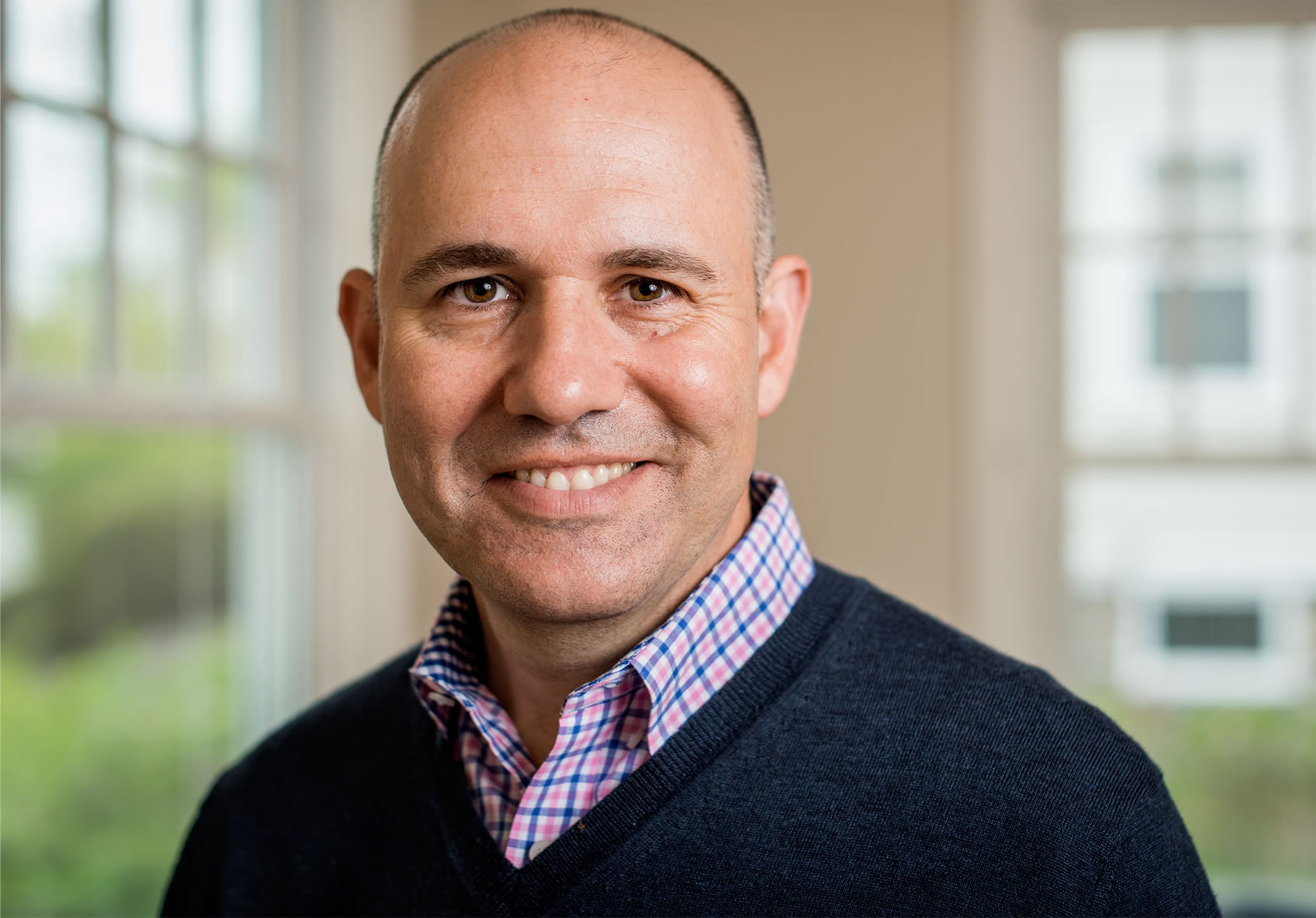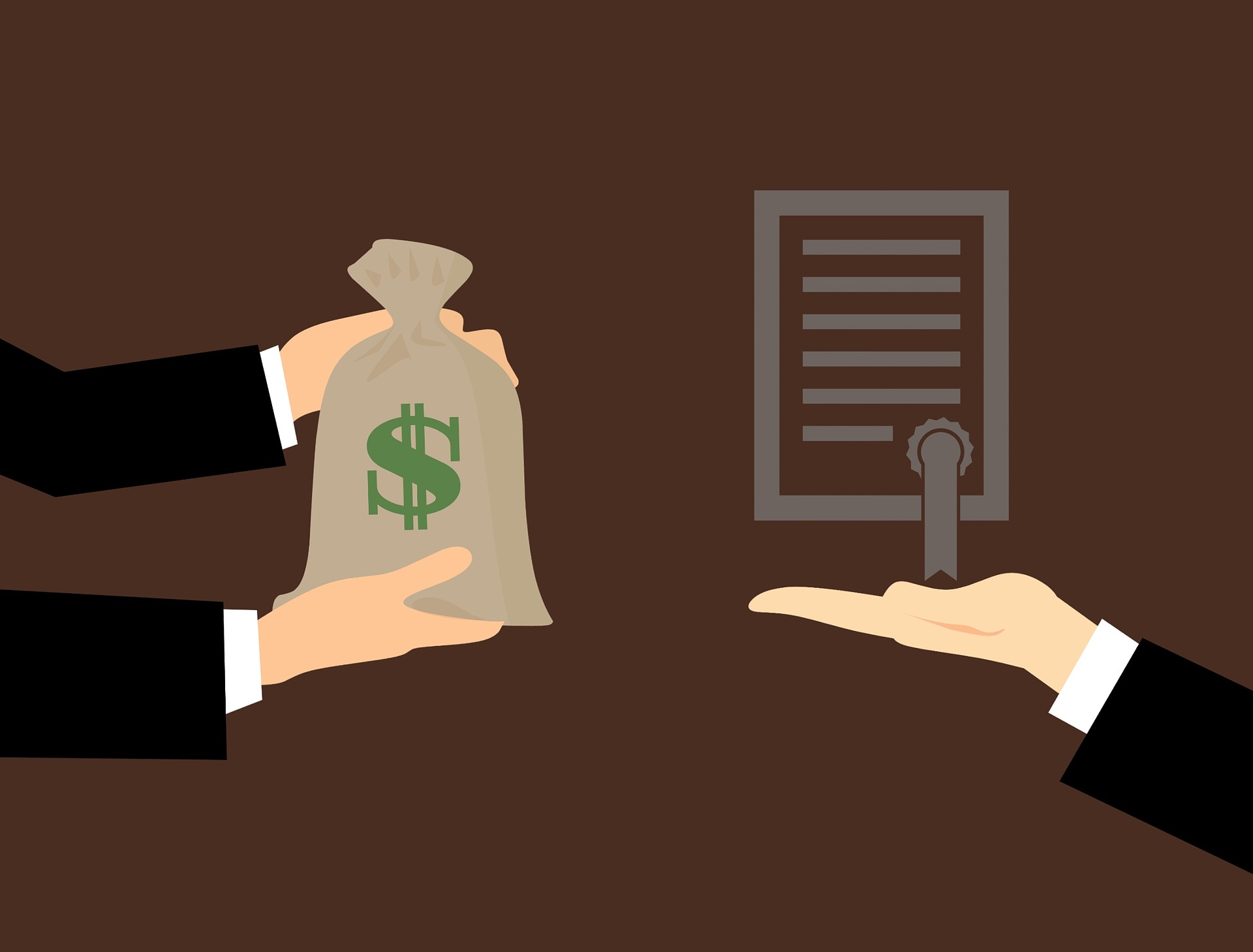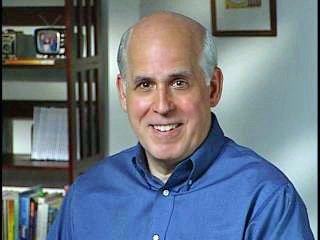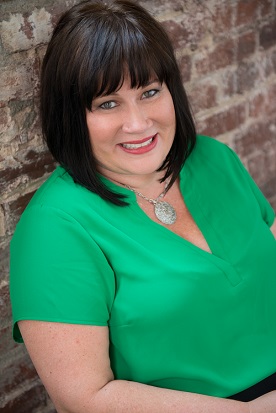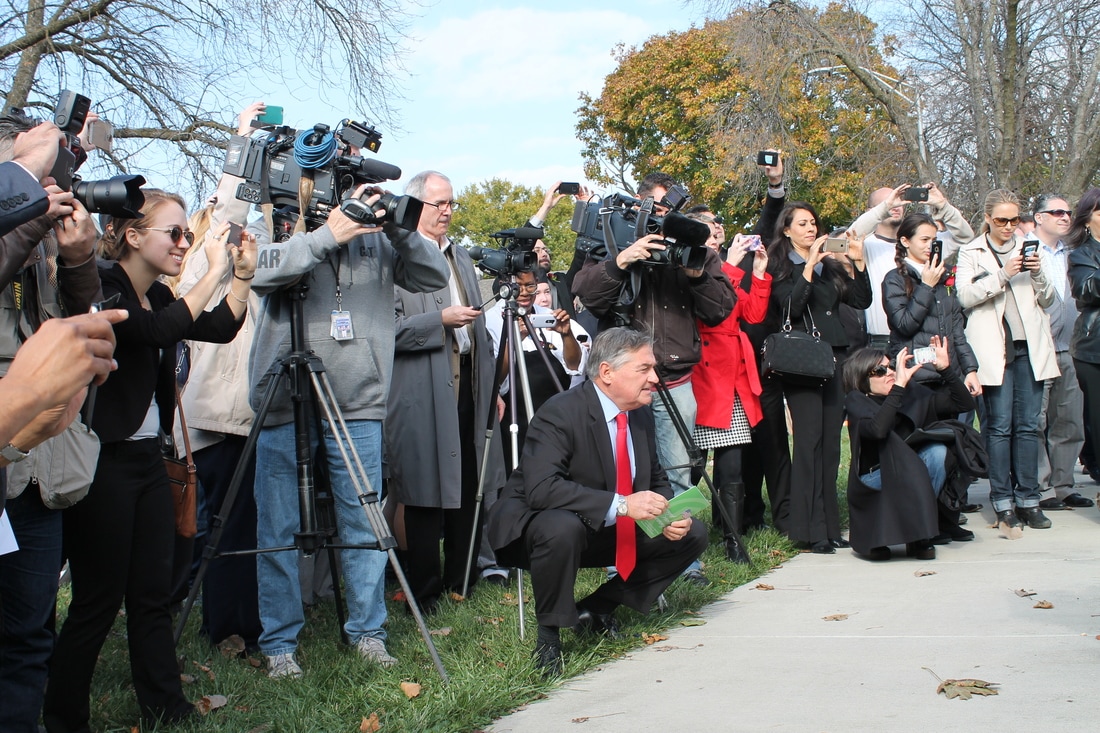Standards are the promises you keep to yourself. Let me say that again and in a different way. Standards are what you live up to. Whatever you do on a regular basis is your standard.
So. if you are not achieving your goals, if you start something (New Year’s Resolution) and abruptly stop, it’s because you lack standards.
Previously I wrote about Identity. And identity is the basis from where you can build your entire life for success. It is fundamental to everything you do. Because it is the belief of who you are. You will always work to move yourself to your Identity and you will see everything, and I mean EVERYTHING through the lens of that identity. You will not be able to accomplish anything in life if you don’t have the right identity.
Standards go right alongside your identity. Because if you don’t have standards that go with the identity; the identity is meaningless. Identity has no power behind it. Someone said, “you may or may not reach your goals, but you will achieve your standards.” For years I had a goal to work out on a regular basis. Notice the phrase, “workout on a regular basis.” What does work out on a regular basis mean? Monday, Wednesday, and Friday? Well, no, identifying and setting 3 days a week is definitive and is consistent and I didn’t say that. Regular basis meant that when I got up, and I didn’t feel life working out, I could skip that day. I was still achieving my workout “on a regular basis” or so I fooled myself into thinking.
I made the decision Black Friday, 2021 to walk every day. We have a treadmill, so the weather doesn’t matter. I also had started journaling and part of the that journaling was to track by daily workouts along with asking myself what I was grateful for. As time went on, I changed my daily workout from just walking to or daily “workout,” to “planned, scheduled physical activity.”
That is a mouthful. Let me explain. Some days, my wife and I walk outside. Some days I pull weeds in the garden for an hour. Some days I lift weights (Monday, Wednesday, Friday), but always and I mean always, some type of planned, scheduled, physical activity must be done every day. During the day and especially before I go to bed, I decide what my physical activity tomorrow will be.
I look at the weather the night before and if the weather is good, I’ll walk outside. I determine the clothes I need to wear outside, (thermal for cold days, sweats, jacket, gloves). I put the clothes in the same place, at night. If the morning is dark when I walk, I will charge my headlamp and vest the night before.
Or it is spring, and I need to work in the yard to get in my physical activity. (BTW, we are putting in new landscape beds, so I am digging those). I make sure I know where my gardening gloves are, along with all the necessary garden tools. The key is planned. And by planned, I mean, I make sure I have everything I need for tomorrow. If I get up in the morning and it is 40 degrees and I haven’t laid everything out, it is so easy to get frustrated because I can’t find something and end up not gardening. By the way, if you have never gardened, let me tell you, it is the best overall workout that you could ever do.
So, we addressed “planned.” The second part is “scheduled.” After getting up, if it is Monday, Wednesday, or Friday, I lift weights and I start the workout with the same song, every weight-lifting session and walk 30 minutes on the treadmill while listening to a podcast. With it being spring, I work on the landscape beds for 60 minutes (set my alarm) instead of walking on the treadmill. I listen to a good podcast while I am working in the yard. I then eat breakfast while either taking an online course or watching an inspirational video. Monday – Friday, this is my routine.
I get up at 4:45, and whatever is scheduled, I do. The schedule changes depending on what is going on. Recently we drove from Madison, Wisconsin, where we live, to Dallas, Texas, to see our son. It is a 1000-mile trip that we drive in one day. We start at 6 am and arrive in Dallas at 10 pm. Since we start at 6 am and there will not be any time during the day to workout (kind of difficult in a car), I got up at 4 am and got on the treadmill for 30 minutes. Coming back, I got up at 4 am and walked a planned walk through the University of North Texas campus. Why? Because my standard is to do a planned, scheduled physical activity, every single day. And I must do it.
The times I workout on the weekend can vary, but I still schedule it in.
I did physical activity every single day, whether it be walking, gardening, or weightlifting, but I wasn’t losing weight. What was wrong. I needed consistently to eat right. My wife cooked most nights and what she prepared was healthy. It was lean meat or fish and lots of vegetables. But late in the week, as work piled up, she would be too tired to cook. I would get something from a takeout place, and not only did I not lose weight, but I also gained.
To fix the problem of eating fast food late in the week, we decided to cook for the week every Saturday morning. This way we would have something healthy every day for every meal. It didn’t matter the time of year, every Saturday between 8 am and 9:00 am (usually 8:30), we would start cooking.
We were able to cook on Saturday, because of the preparation earlier in the week. First, we would capture what we needed to buy on a list, which sits by the coffee maker. Anytime we ran out of something, such as using the next to last container of almond milk, it went on the list. If blackberries (added to oatmeal each morning) were almost out, they went on the list. On Wednesday at noon, my wife would determine the meals that would be cooked on Saturday. Sometimes it would be stir-fry, other times the meals for the week were recipes that she found. On Thursday she would shop. The food was always delicious and nutritious.
By cooking on Saturday, we freed up the time during the weeknights to do other things rather than cook. But the most important thing was, we didn’t eat out. By cooking on Saturday, we eliminated that temptation to eat poorly. Our standard is 1) she creates the meal plan for the week 2) she shops on Thursday (and if for some reason she can’t, we shop Thursday night. 3) We cook every Saturday morning.
By eating right, the weight issue was eliminated, wasn’t it? The answer is no.
Eating the right things wasn’t the only issue. I had always snacked, and I mean always, even when I was running. So, while I ate a healthy meal, I would snack on nuts, or crackers and cheese, or . . . you name it, after dinner. I just ate too much and added pounds.

Obstacles Get in Your Way
I hate to admit, but I lost 40 pounds in 2020 in 3 ½ months. I was on top of the world. I felt so much better. I had tons of energy, and I kept that weight off for 6 months. And during the time of losing the 40 pounds, I weighed myself each day and kept track of it. During the time of losing 40 pounds, we cooked every week; cooked every Saturday morning. But an obstacle came up (as it does in life). My job was relocating us, and we put our house up for sale. We could have a house showing at any time; especially on the weekend, so we couldn’t cook. I got out of my routine of eating a pre-cooked meal each night. Over the next two years, I put most of the weight back on.
Sounds like an excuse. doesn’t it? Because it is. I said to myself, we can’t cook for the week, so I need to eat fast food. There were ways I could have kept eating right and more importantly, not eating too much. Because it all comes down to calories and the amount you eat. I simply went back to my old eating habit of eating too much.
Why did I go back to that old habit? Because I saw myself as a fat man that lost some weight. My image of myself was that of a fat man. That is why I have lost weight and put it back in after a few years. My image, my identify needed to change.
I ran races 30 years ago and I enjoyed running. But over the years, the running got less, and the pounds got more. Running was just something I did.
This time, I changed my identity to that of a runner. A runner puts good food into their body. Runners want something that provides good energy and don’t eat foods that aren’t good for them.
So now, when I see fatting food, it doesn’t tempt me. I’m not saying I can’t have it; I’m not denying it to myself. I simply CHOOSE to not eat it. I DON’T eat it. Not because I can’t. It’s because I eat like a runner.
Am I back running yet? No, I have 15 more pounds before my weight is down enough that I can run. But I have lost 35.5 pounds this year. I am a RUNNER. I Choose to eat what a runner would eat. I visualize myself running a marathon every morning. It is only a matter of weeks before I actually run.
Identity is important, but you must have standards to reinforce that identity. I have a standard that workout each day. We have a standard to cook every Saturday. I have a standard that I don’t eat after dinner. I have a standard of planned, scheduled, physical activity, every single day. These standards help me achieve my goals.
Actions:
- Determine your identity. Determine who you really want to be. Make a decision on who you will be.
- Create an image of that person (you). How do you stand? Are you standing tall with your shoulders back and head held high. Are you smiling (if not, you should be). Where are you standing? Are you give a TED talk and you have a commanding presence? Are people listening intently to your words? Are you lean, strong, energetic? Create that image in your mind of the person you will be.
- Take the actions that person would take. For me, when I am at a fast-food restaurant (because I am traveling), I look at the calories on the different items and choice something that is lower in calories. I do that because that is what a runner would do. I order a bottle of water instead of soda because that is what a runner would do. I get up and workout in the morning because that is what a runner would do.
- Create a good environment for yourself. For me, I don’t keep junk food in the house (because a runner would not do that). I eat healthily, because of the energy it provides me with. Create an environment that will make you successful. Envision the environment you need and take action to create it.
- Do the things you know you need to do. Commit to being the person you envision. Create standards on what you must do no matter what. Standards are the key to success. Create standards that empower you.
- Set your standards and commit to them.






 New Year’s Resolutions are a Waste of Time.
New Year’s Resolutions are a Waste of Time.


 According to Deloitte, only 12% of the Fortune 500 companies from 1955 are still in business and
According to Deloitte, only 12% of the Fortune 500 companies from 1955 are still in business and 














 India:
India:














